Parallel Passion seeks out the rare few who are and discover the surprising complexity, craftsmanship and appeal of premium denim.
They’re packaged in broad, brown cardboard boxes. One is opened to reveal the back pockets. Above it is a vegetable-tanned leather patch showing three samurai archers pointing to a sun reminiscent of the Filipino flag, all embossed in red.
These are the creations of Jerry Lim and his silent partner, proprietors of Artisans of Refined Workwear (ARW). The Filipino made-to-measure denim manufacturer is just a few months old, yet is bravely facing the challenge of taking on Japanese and American denim giants.
I must admit, I’m no denim head, and have so far been baffled by the recent surge in raw denim’s popularity. Nonetheless, Jerry is eager to explain to me what makes them so special.
In part, it’s the proliferation of mass-produced American denim that are to blame. The ubiquitous brands have come to be patronized all over the world, sparking massive demand and hence massive production. The mass-produced jeans were perfect, treated, soft, and in some cases already faded by the factory — taking away much of the pleasure of wearing down and fading the jeans from the user.
Few are familiar with the fact that Japan was quite instrumental in the proliferation of jeans, with Toyota (the same manufacturer of the world-renowned automobiles) first making their fortunes building shuttle looms that manufactured garments like denim. As American denim manufacturers moved to more efficient machinery, these old Toyoda looms fell into disuse.
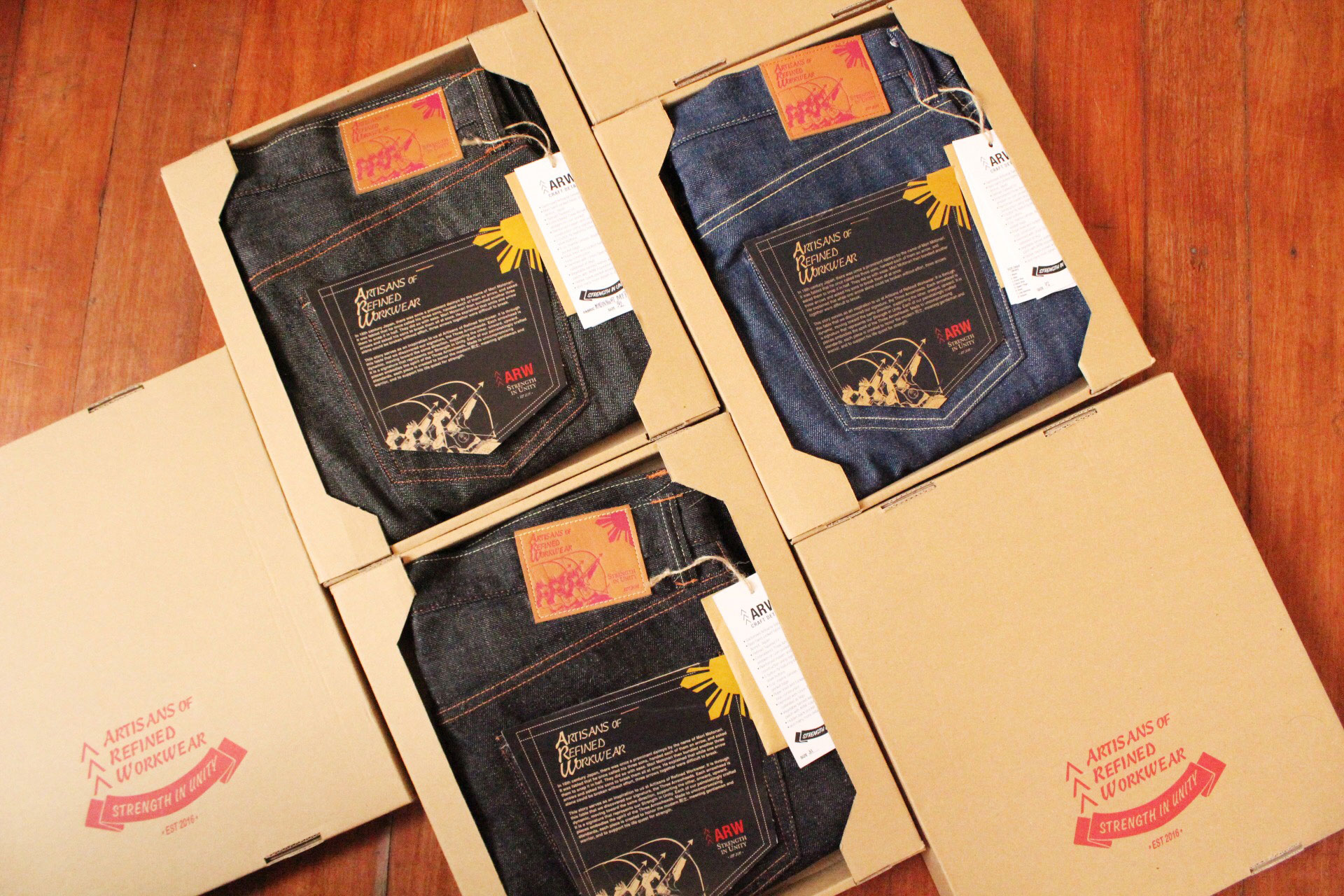
As America focused on producing jeans more efficiently, Japan focused on perfecting producing jeans the classic American way, popularized by icon figures like James Dean in Rebel Without a Cause and with Levi’s classic 1944 501 xx as their benchmark. This style of producing it on old looms, called selvedge (from ‘self-edge’), though far from efficient, harked backed to a time when more hands and care passed through each pair of jeans. Perhaps most crucial of all is that these jeans were sold raw: barely treated if at all, without fade, leaving the buyer to do with it as he wished. This traditional style, meticulous attention to detail, low volume, and Japanese pride in their own workmanship led to their rise in popularity.
In spite of advancements in textile technology, it’s the lack of treatment that allows jeans to fade.
“When you don’t wash often, it will give a contrasting fade. You’ll see areas on the knee and whiskers – those are the less frequently washed. All the stress points will lose the indigo. There are more people who like the fades, but they like it to fit their bodies. It’s like the patina on a watch, something you’ve done yourself. That’s the end result for denim heads,” Jerry explains.
These attribute makes each pair appear seemingly made for their wearer and an aspect that still can’t be replicated by any commercially made manufacturer.
“A lot of denim heads document their lives with their jeans. They mention incidents like spilling soup, a motorcycle accident. Pockets are usually white so they write it on the outside. Their jeans become their journals.”
With the classic style perfected, it came down to finding the right fit. Purchasing jeans has always been troublesome for Filipinos of typical build (i.e. 5’4” to 5’9” with a medium build).
“I’m a 5’7” guy with a 34 waist. I am in parity to a 5’11” to 6’1” caucasian male with that same waist line. The jeans will wear differently on him. The cut and fit is not for me,” he explains.
“You try on at least two sizes. Sometimes, you like the details but it doesn’t feel exactly right. If you choose one, you compromise comfort, if you choose the other, you compromise the fit.”
Besides the disparity in length, clothing items of late tend to be misleading as well.
“What we found is that the general sizing is two inches larger. Manufacturers now have ‘vanity sizing.’ If you’re really a 34, they change the number to 32 to make you feel slimmer.”
“A lot of denim heads document their lives with their jeans. They mention incidents like spilling soup, a motorcycle accident. Pockets are usually white so they write it on the outside. Their jeans become their journals.”
Finally, Japanese denim tend to be made of heavier fabric, more suitable for temperate climates. Typical denim weigh 11-14 ounces. Japanese denim are typically 20 ounces.
“Through the past year, my friends and I were wondering if there was a brand that tailors to our requirement: the traditional fit within our body type and jeans that are tropic friendly. These were our two goals.”
And so Jerry went about doing research, searching for a team, as well as the proper equipment to build the perfect pair of traditional jeans for Filipinos.
“We knew we had good artisans here. We’ve been the hub for Levi’s and Wrangler. Even a mass-produced brand still needs good sample makers. We wanted their talent but wanted them to see it from a sample point of view.”
Some months down the line, the group had put together a small team to start production.
“The fabric is imported from Japan; 10 ounce, 12 ounces, all selvedge. You have a guy that knows the fabric and does the pattern and cutting. You have one guy to look after the machines. You have three guys to do the actual production. Each pair is a perfect sample. That’s how we laid it out. When you put together these five guys ,they are combining 105 years of experience together.”
With the team ready and eager to work, one of the temptations was to go full capacity. Yet the team insists on a quality driven production.
“When we built the facility, my guys were saying we could make 300 a day. But that is not the objective. The objective is to make perfect samples every time.”
This dedication to quality shows as ARW has taken pains to produce quality durable jeans through several measures.
“The fabric is sanforized selvedge denim. The treatment is just to prevent it from shrinking. In all our jeans, it will always be a red outseam. It has a reinforced inseam and outseam. We run through it twice or thrice. It will not tear. On the five button button fly, we chose these three-piece buttons made of copper, brass and nickel. We use two-piece nipple rivets – more rustic because the fabric is seen through them. The pockets are five ounce marine canvass. The bags are double reinforced. The belt loop has a rope inside, and it goes into your waist band to be sturdier.”
As a fine of finely crafted watches and glasses, Jerry’s team has also made sure that there are a few easter eggs to be found for the keen wearer.
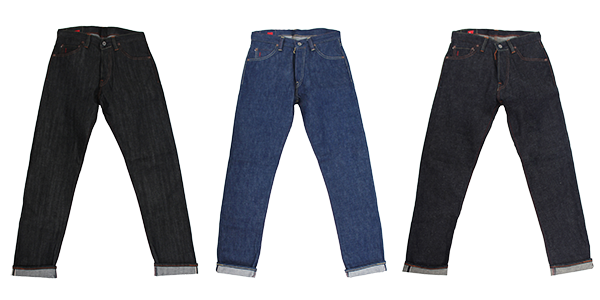
“We wanted to reach out to people who are truly in the know. These guys have a certain appreciation for fine craft. We have a union patch, on the inside of the back pocket. We wanted to showcase that the machine we use is the union special train stitching machine. On the pocket bags, we have an interesting bit. There’s a QA, inspected by the last person on the line with a signature. There’s also space to document your activities.”
Yet beyond the details, the over-engineering and the priority for quality, Jerry explains that ARW will continue to produce in limited numbers for now.
Acquiring one is still strictly through their Instagram account:
@artisansofrefinedworkwear. Promotion is still largely through word of mouth, and clients are typically referrals.
“We don’t have brick and mortar shops to get people to come to us and talk to us.”
It’s this strict quality control that ensures each pair is truly appreciated by each client.
“When we started, we said that we will only make those that we will be proud to wear ourselves. We’re not tailors. We are technicians. We are all about men and their work wear that they bring to different parts of their life.” ■


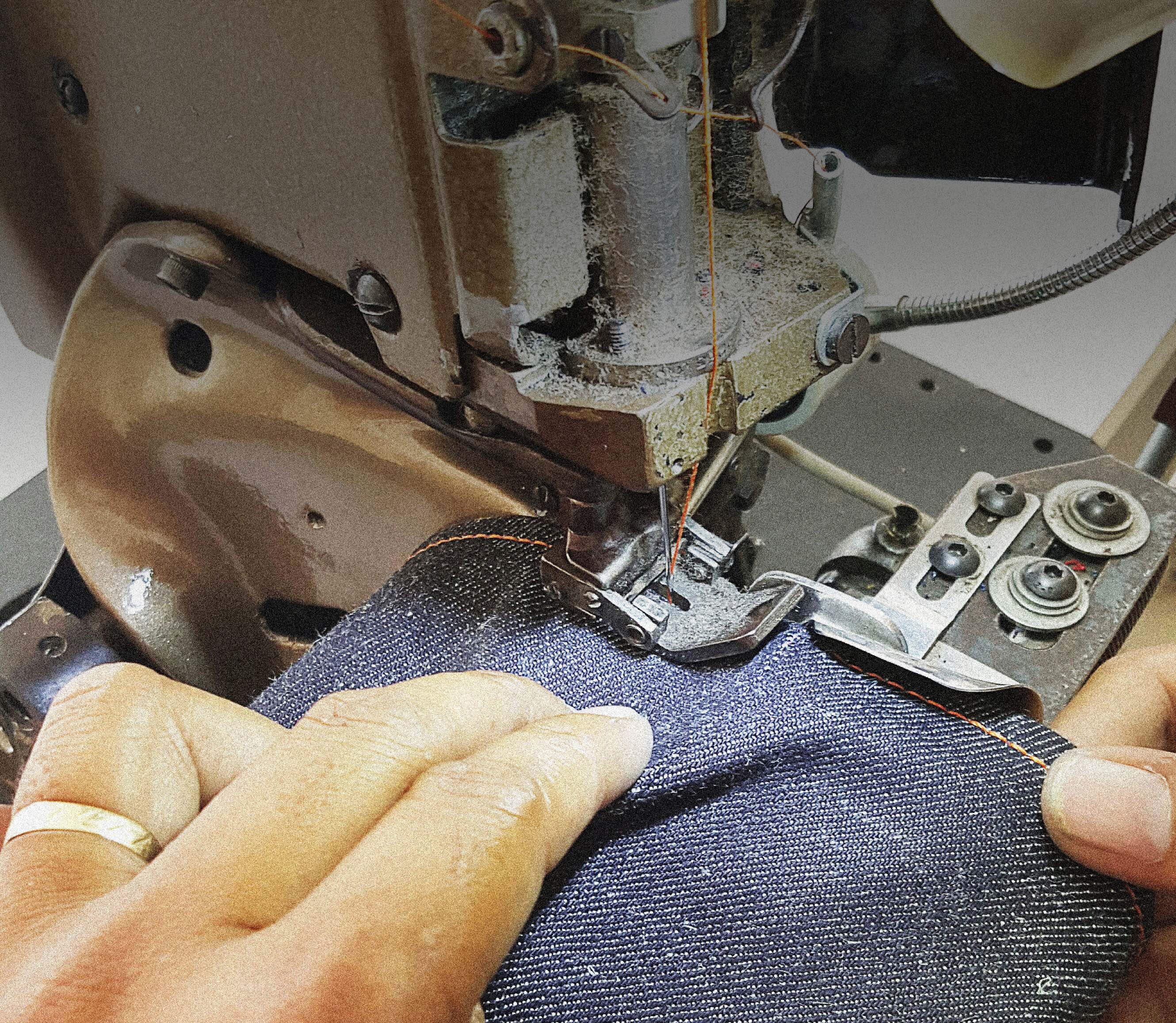

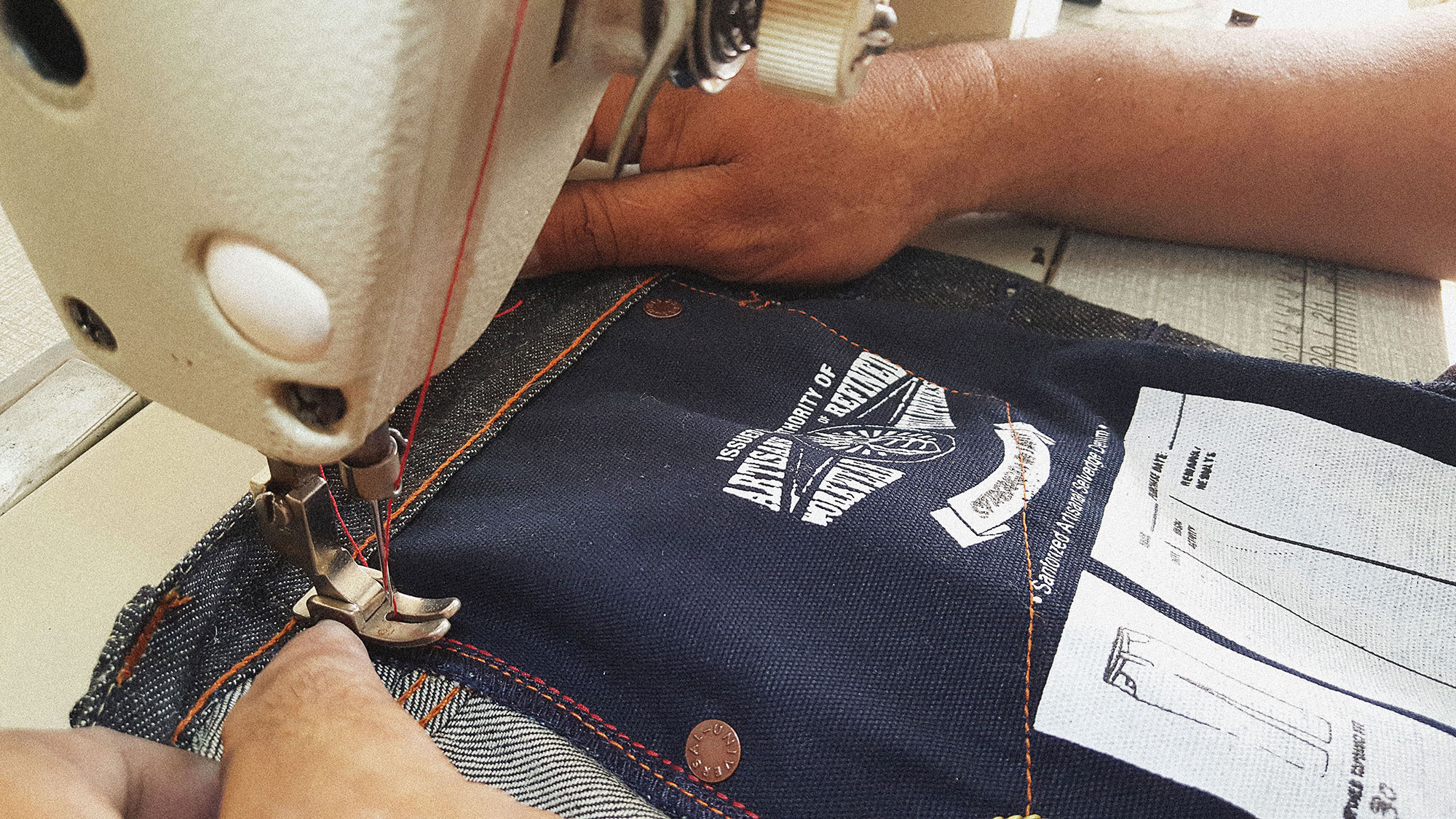
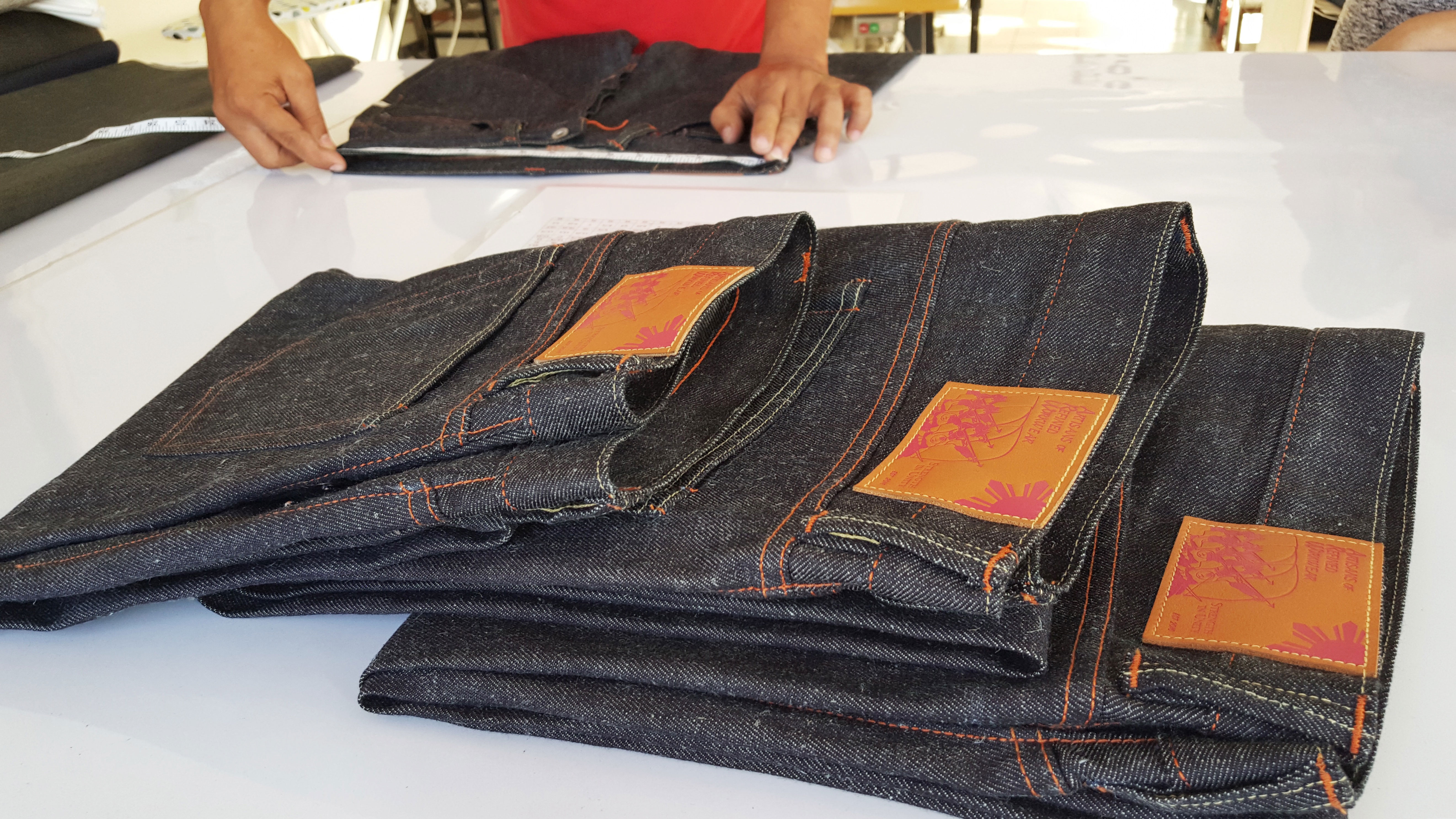
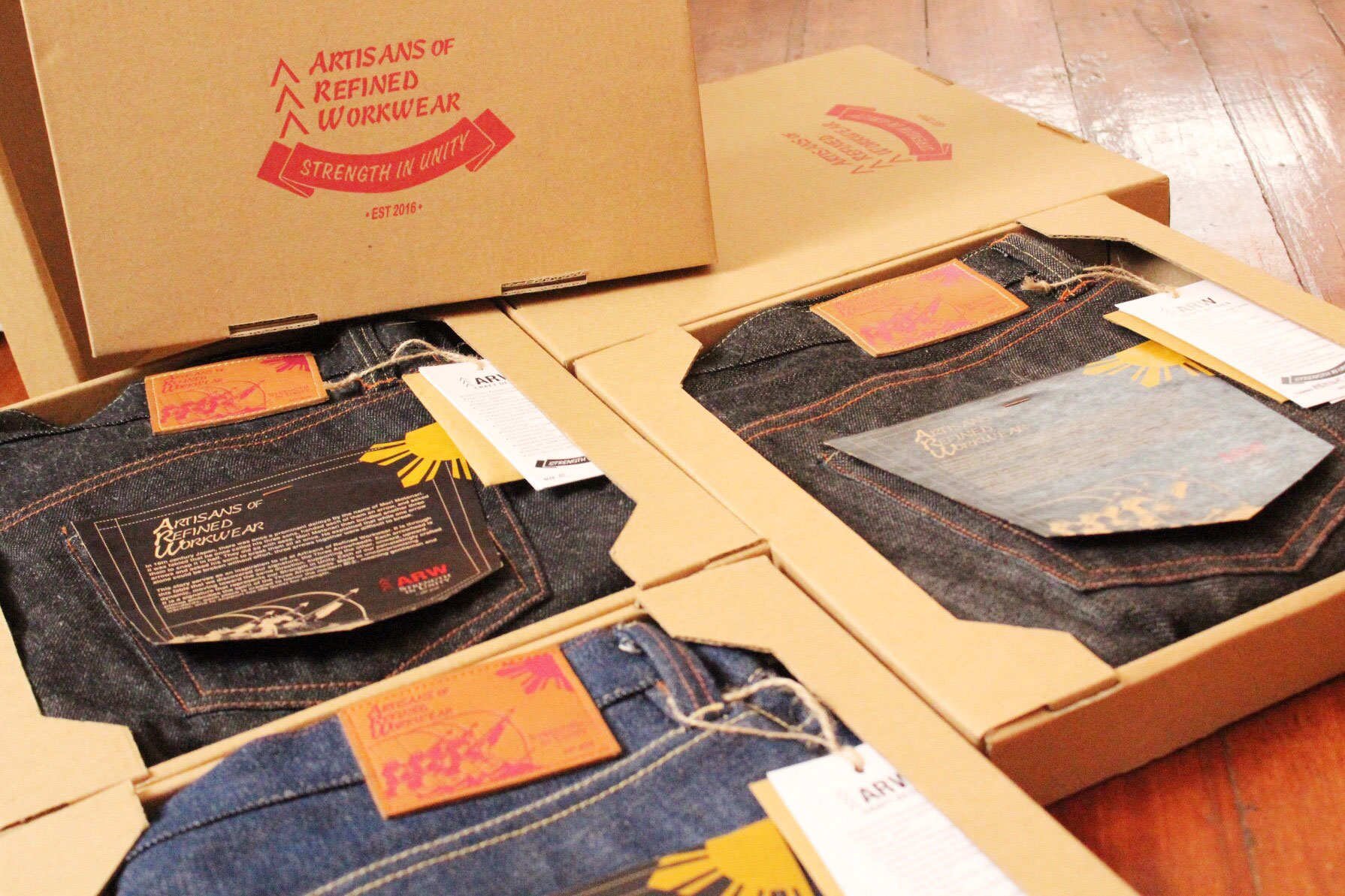

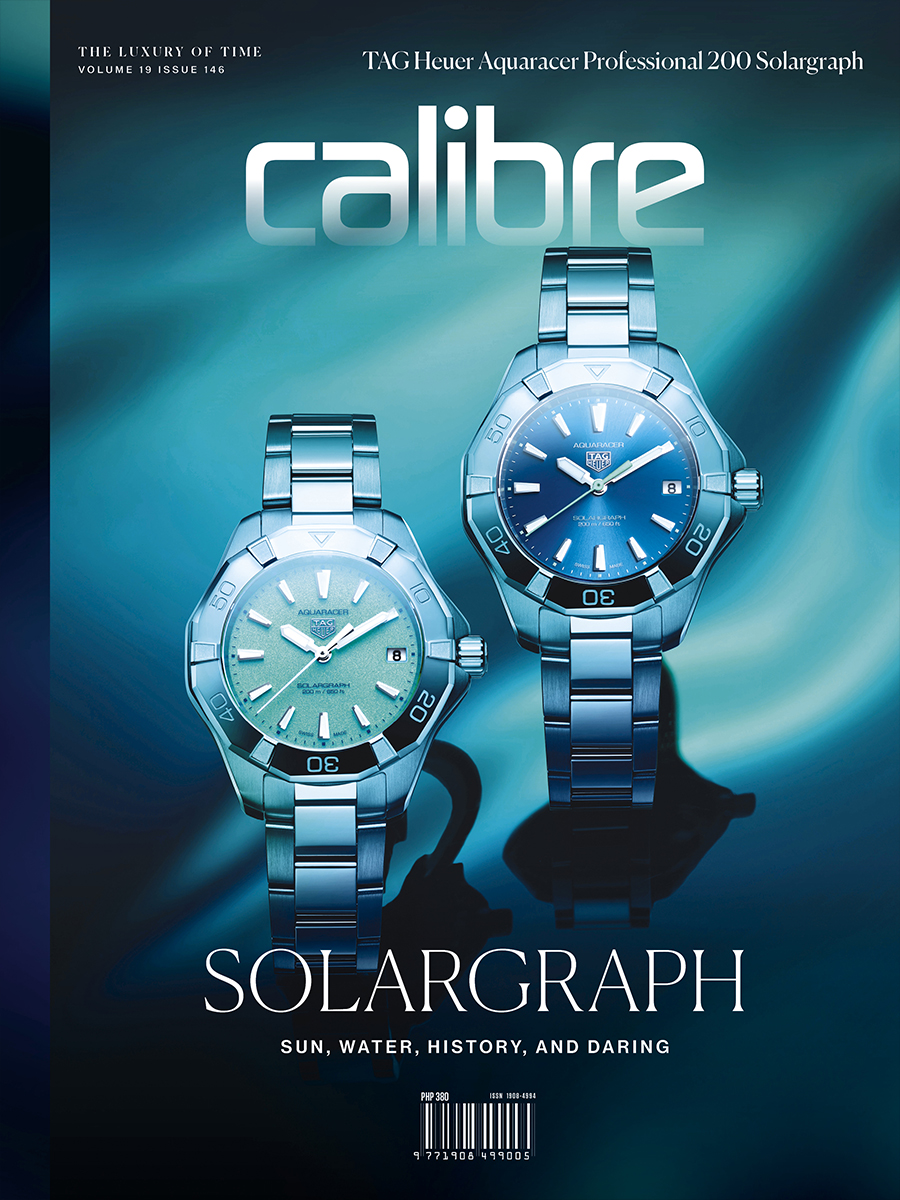
Follow Us